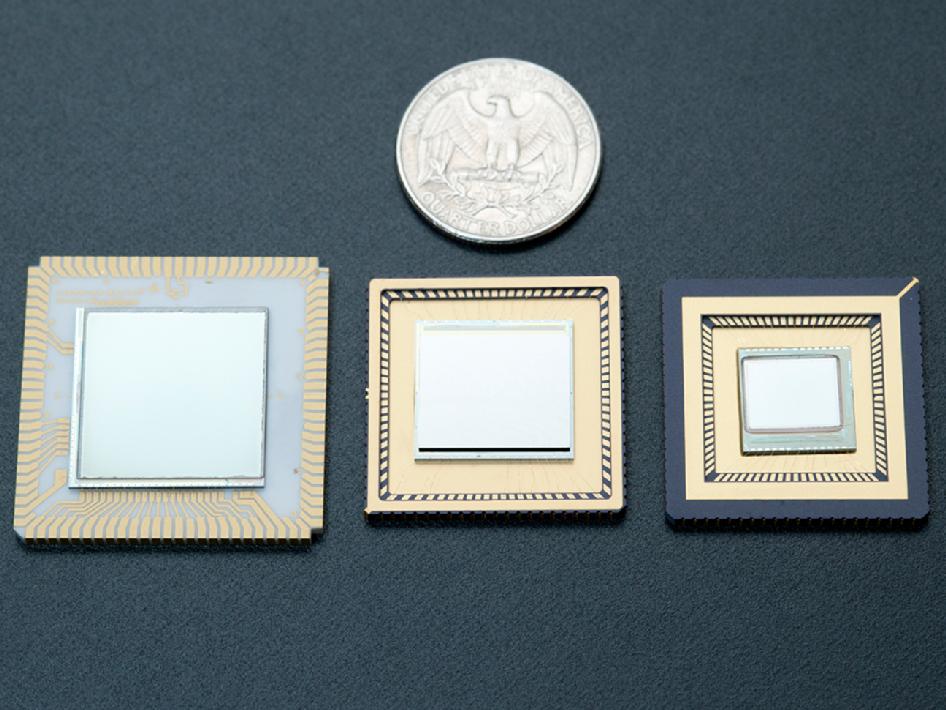NASA develops game-changing thermal technologies
November 22, 2011
Two NASA centers have been selected to develop new space-aged technologies that could be game-changers in the way we look at planets from above and how we safely transport robots or humans through space and bring them safely back to Earth.
NASA’s Jet Propulsion Laboratory will use advanced semiconductor materials to develop new technologies for the High Operating Temperature Infrared Sensor Demonstration.
The higher the temperature at which an infrared detector can operate, the less power is required to cool it. Reduced power needs can translate into operational cost and system weight savings.
Partnering with the U.S. textile industry, NASA’s Ames Research Center is developing a Woven Thermal Protection System, employing an advanced, three-dimensional weaving approach in the design and manufacture of thermal protection systems.
Today, lightweight aircraft parts are being manufactured using similar weaving technologies. This will be expanded to include spacecraft heatshield applications. The system will enhance performance using advanced design tools with cost savings from a shortened product development and testing cycle.

